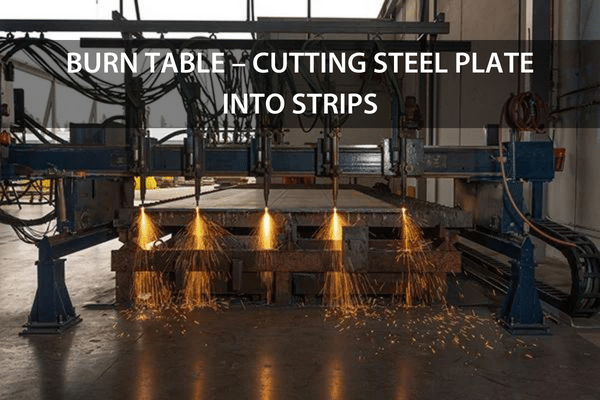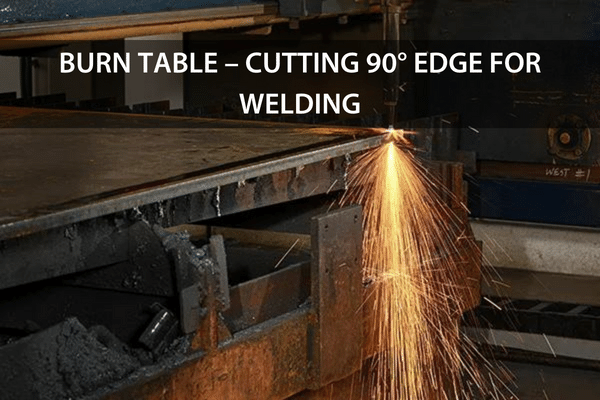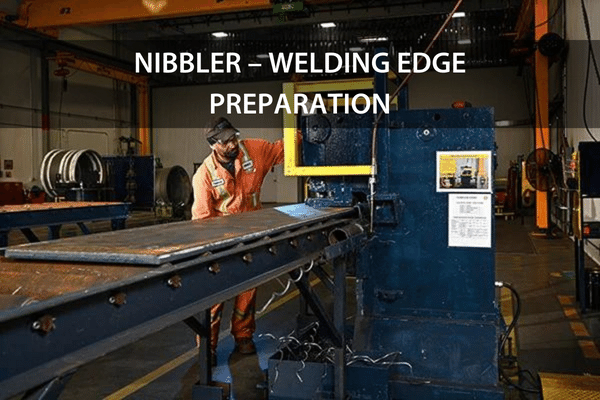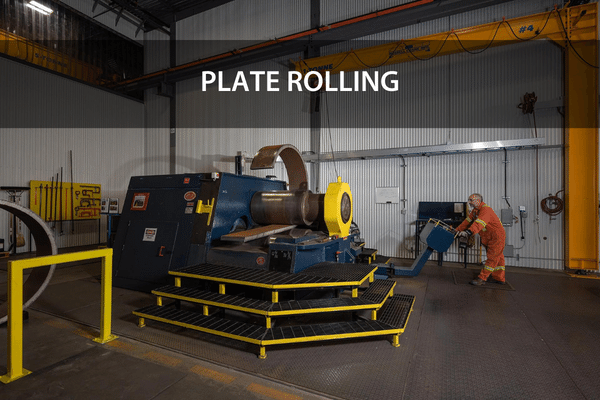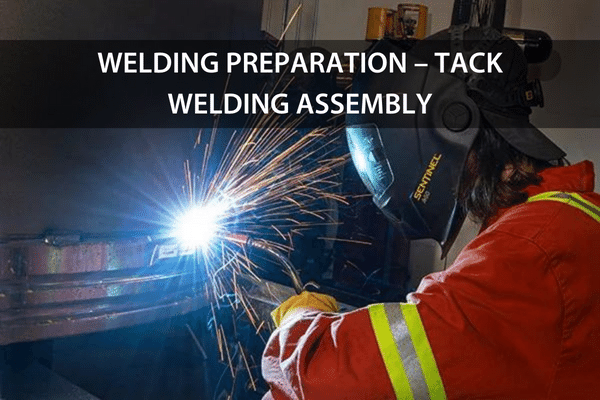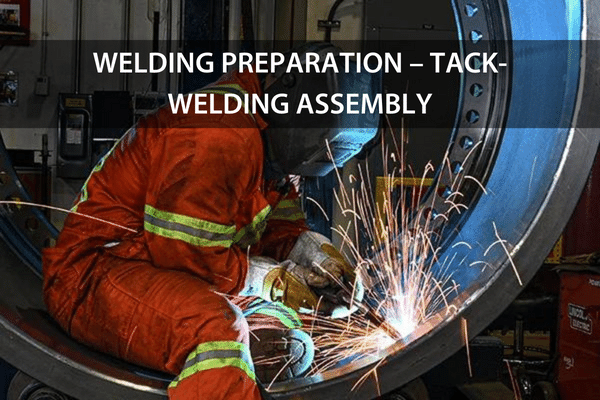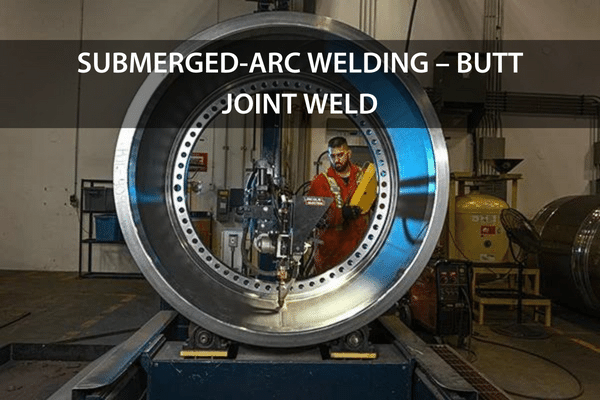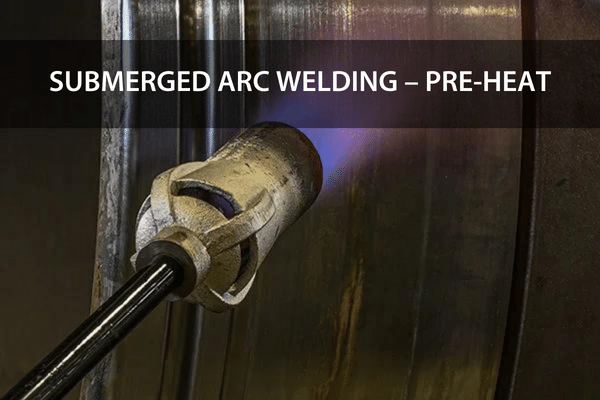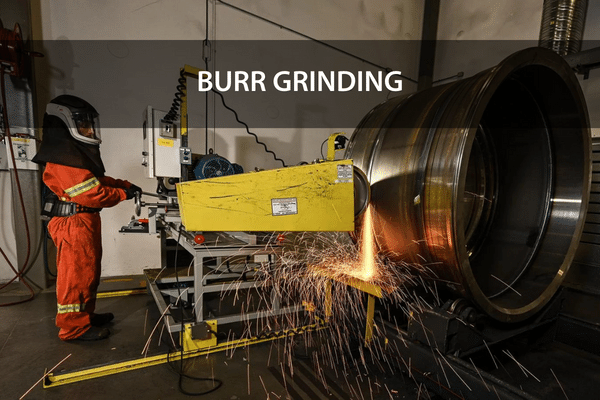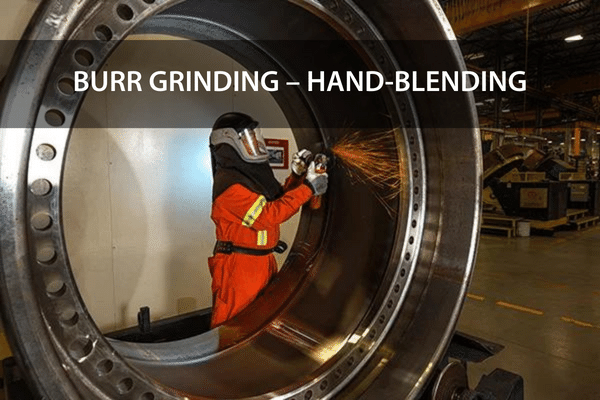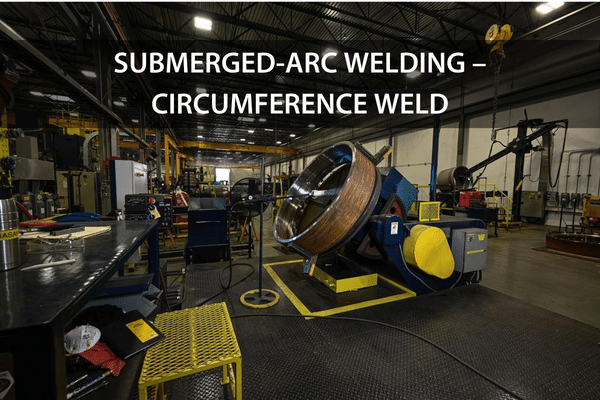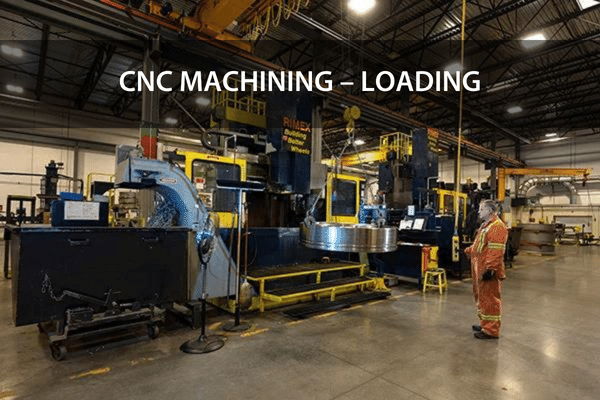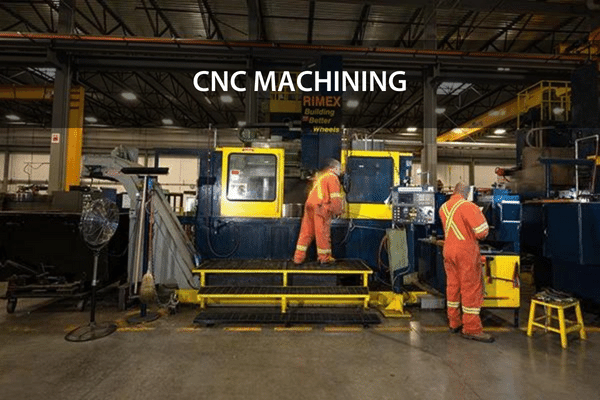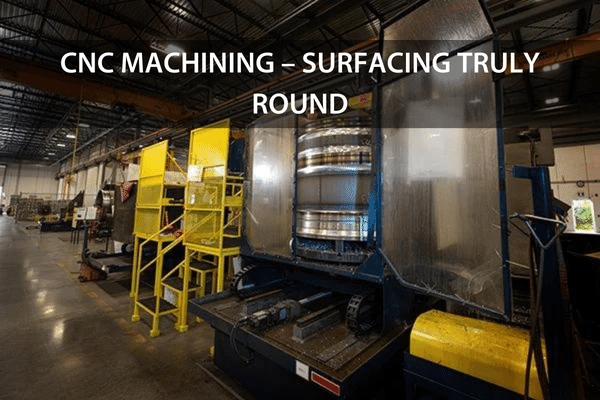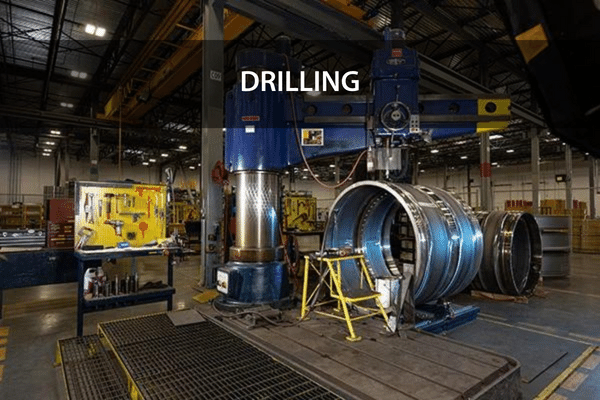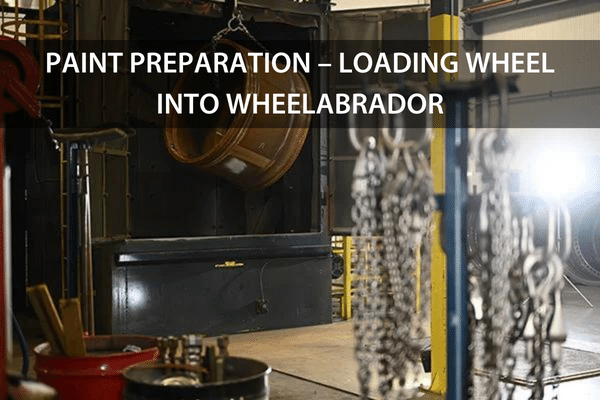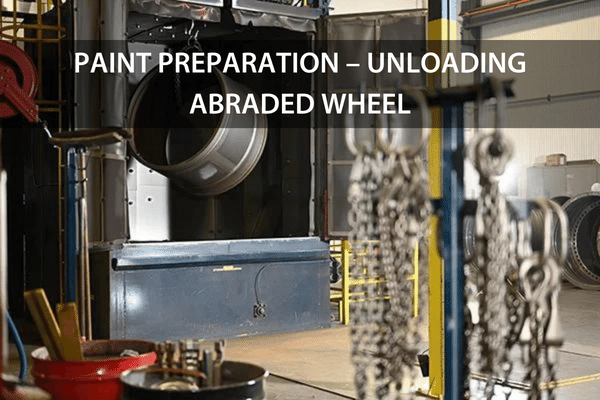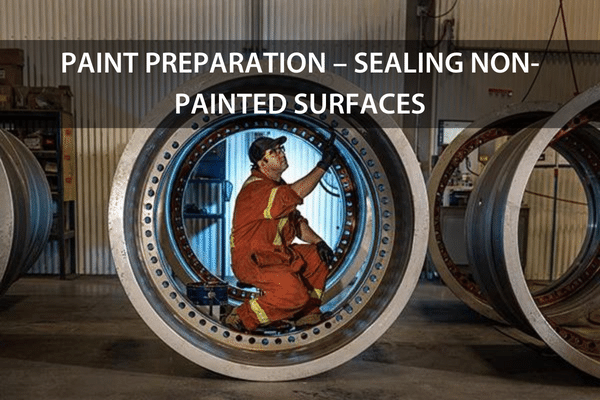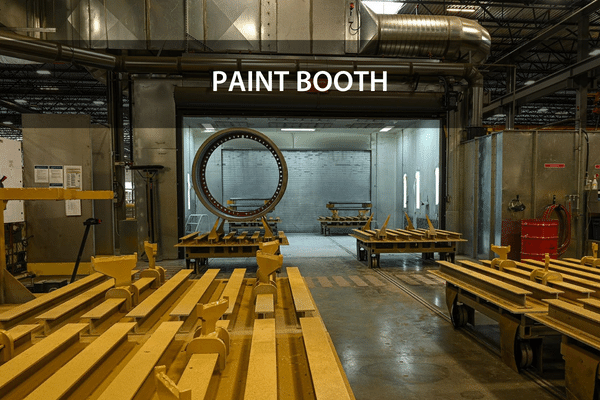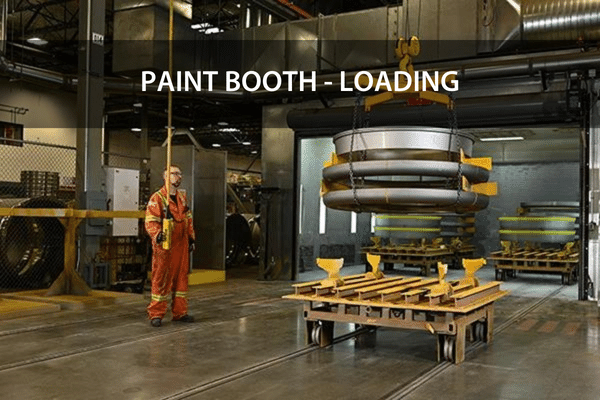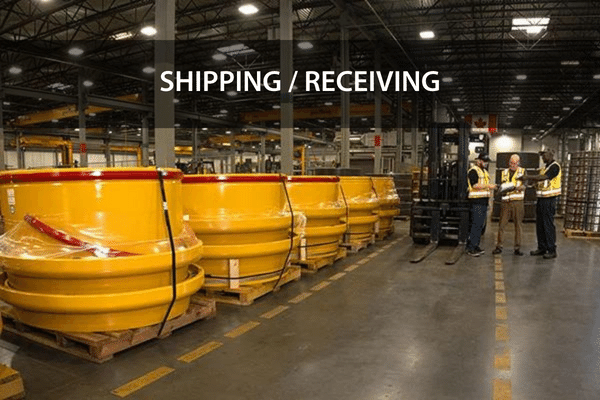Mackay
Mackay
Perth
Muswellbrook
Mount Isa
Newman
Blackwater
Adelaide
+61 7 4952 5585 Mon - Fri 07:00 - 16:00 77-83 Michelmore St, Paget QLD 4740
+61 8 9358 5466 Mon - Fri 07:00 - 16:00 31 Redcliffe Rd, Redcliffe WA 6104
+61 2 6541 4636 Mon - Fri 07:00 - 16:00 24 Strathmore Rd, Muswellbrook NSW 2333
+61 7 4743 4204 Mon - Fri 07:00 - 16:00 6 Kolongo Cres, Mt Isa QLD 4825
+61 8 9175 0866 Mon - Fri 07:00 - 16:00 9 Wonmunna Road, Newman WA 6753
+61 7 4724 7898 Mon - Fri 07:00 - 16:00 11 Littlefield St, Blackwater QLD 4717
+61 8 7078 8527 Mon - Fri 07:00 - 16:00 27 Pentland Rd, Salisbury South SA 5106

